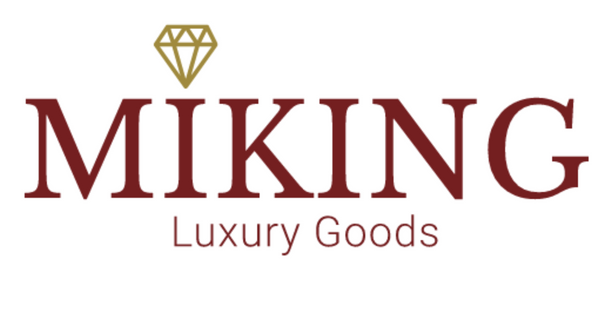
The Luxury Trend in Latin America Part 4
MIKING LLCShare
The relationship between the consumer and the brand
Crises are not destructive if you get some benefit from them. However, after the last health crisis, we learned that you cannot be tied to traditionalism and that renewal and adaptability are the most appropriate terms we can highlight within luxury brands.
The experience gained indicates several things:
1. We must go out looking for the consumer and not wait for him to come to us.
2. If a customer does not feel valued, a vital interaction with the brand will lead to a break in loyalty and a growing migration.
Beyond the simple commercial relationship, luxury brands must offer welcome, dialogue, understanding of needs, and complete consumer satisfaction. In this way, the brand will feel that its proposal is entirely accepted and valued.
In other words, you must give luxury brands a human face, not just a commercial one.
Rereading of luxury
Rereading is nothing more than returning to what has marked us, re-delighting ourselves with what made an impression and delighted us.
Luxury brands must face the re-reading process. And it is all right; on the contrary, it is beneficial. In a previous article, we talked about the fact that we live in post-luxury times, a process that has already initiated a dynamic period of renewal of the concept of luxury and its inherent aspects.
The concept of luxury has been reformulated, not by brands, but by the consumer himself, removing the stigma he used to have. The luxury terminology has acquired a different conceptual framework that brings it closer to people. For many, luxury is now focused on craftsmanship, sustainable values, education, and inclusion.
What is the future of luxury consumption? First, it consists of expressing values, empathy, and a genuine and profound purpose of efficiency.
Crises are not destructive if you get some benefit from them. However, after the last health crisis, we learned that you cannot be tied to traditionalism and that renewal and adaptability are the most appropriate terms we can highlight within luxury brands.
The experience gained indicates several things:
1. We must go out looking for the consumer and not wait for him to come to us.
2. If a customer does not feel valued, a vital interaction with the brand will lead to a break in loyalty and a growing migration.
Beyond the simple commercial relationship, luxury brands must offer welcome, dialogue, understanding of needs, and complete consumer satisfaction. In this way, the brand will feel that its proposal is entirely accepted and valued.
In other words, you must give luxury brands a human face, not just a commercial one.
Rereading of luxury
Rereading is nothing more than returning to what has marked us, re-delighting ourselves with what made an impression and delighted us.
Luxury brands must face the re-reading process. And it is all right; on the contrary, it is beneficial. In a previous article, we talked about the fact that we live in post-luxury times, a process that has already initiated a dynamic period of renewal of the concept of luxury and its inherent aspects.
The concept of luxury has been reformulated, not by brands, but by the consumer himself, removing the stigma he used to have. The luxury terminology has acquired a different conceptual framework that brings it closer to people. For many, luxury is now focused on craftsmanship, sustainable values, education, and inclusion.
What is the future of luxury consumption? First, it consists of expressing values, empathy, and a genuine and profound purpose of efficiency.
